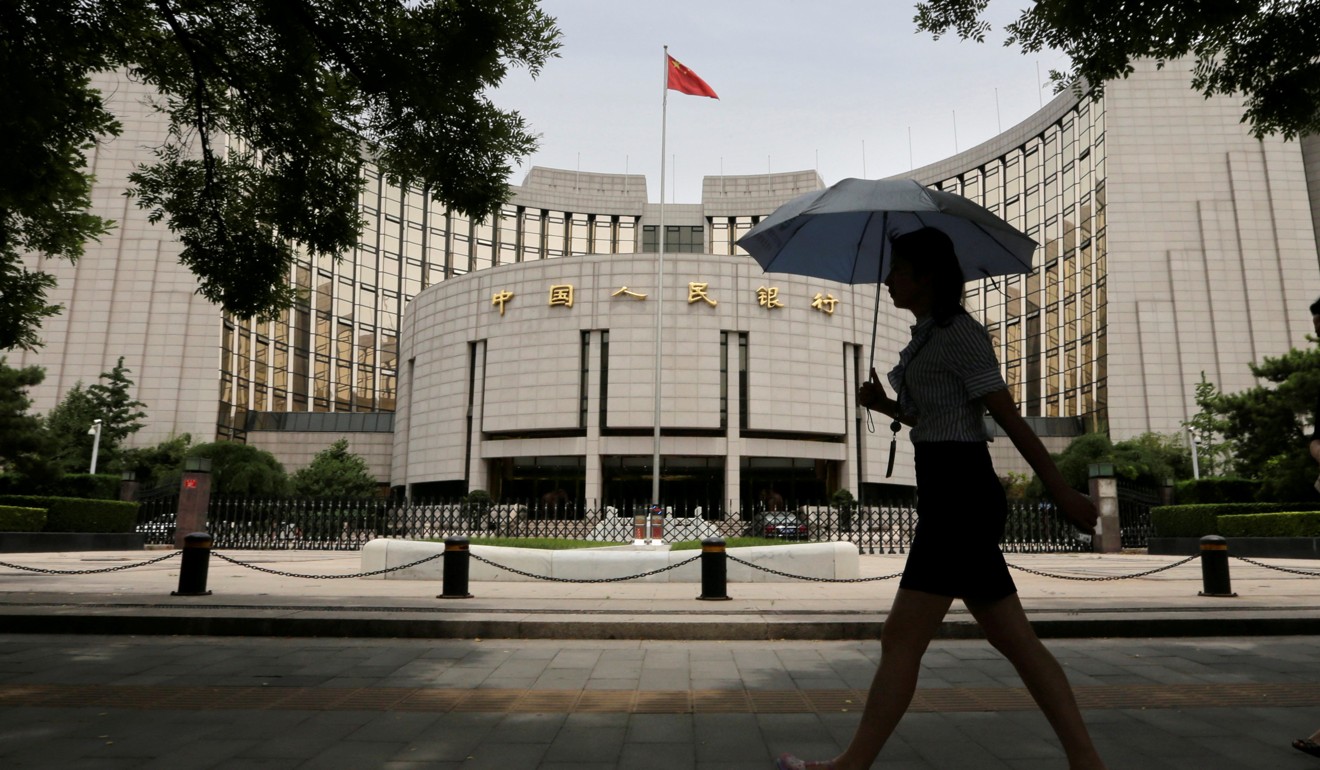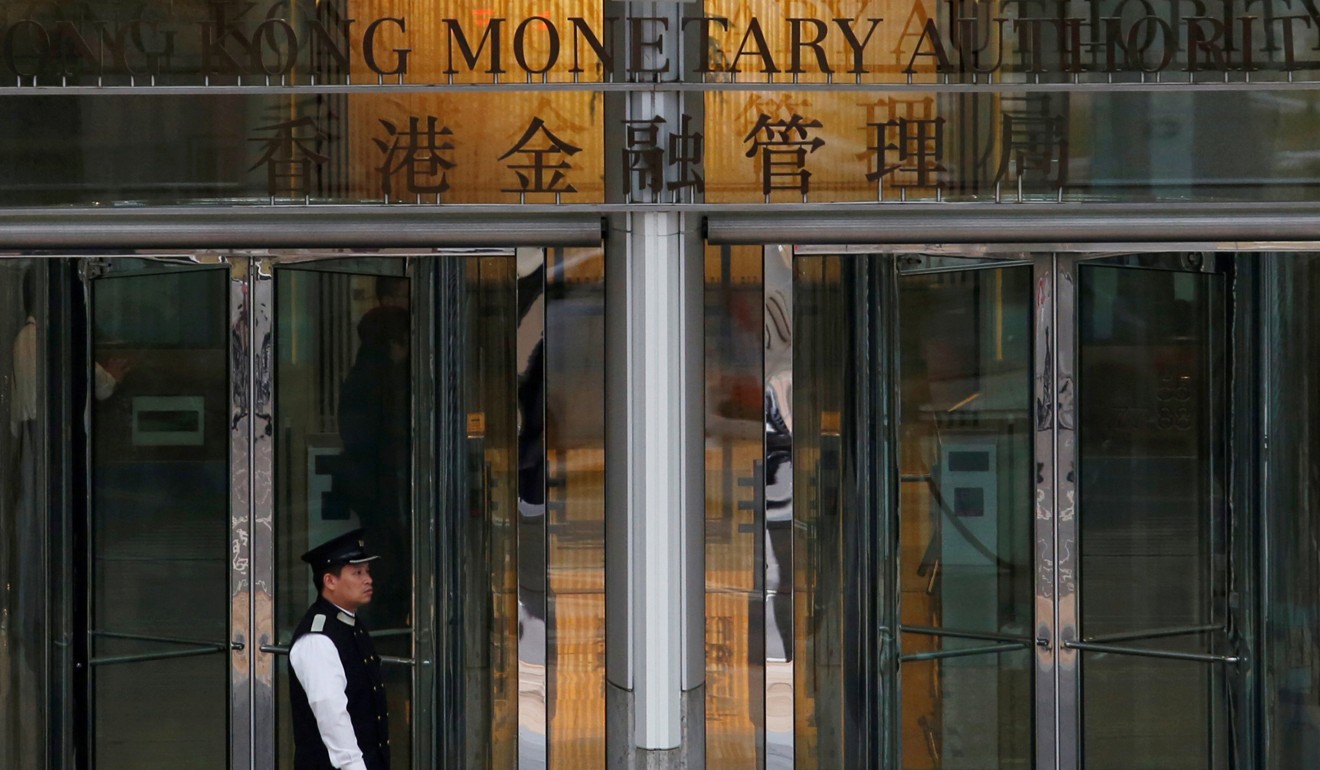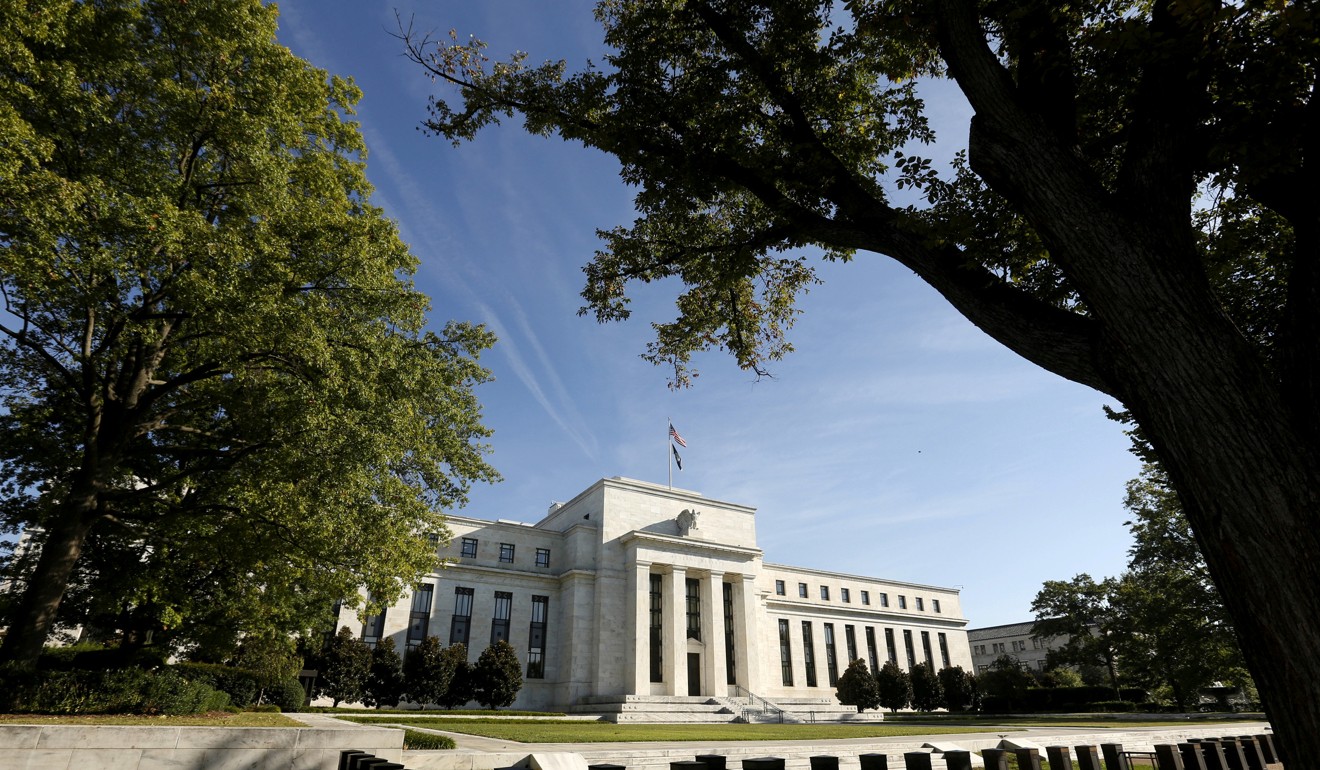
World’s two largest economies diverge as China leaves key interest rate unchanged in wake of US Fed cut
The People’s Bank of China refused to mirror its US counterpart on Thursday, anxious to maintain low borrowing costs amid smouldering trade war
China’s central bank left interest rates unchanged on Thursday in response to the US Federal Reserve’s rate increase overnight, underscoring Beijing’s desire to keep borrowing costs low to help stabilise economic growth in the midst of its ongoing trade war with the US, according to analysts.
The Fed rise and lack of Chinese response means the gap between US and Chinese interest rates narrowed, which would normally risk a sharp rise in capital outflows as Chinese investors sought better returns abroad.
But China maintains strict controls over capital flows, giving it leeway to keep its interest rates low without risking capital flight.
Given the [current] bearish sentiment in domestic markets, investors were already motivated to transfer capital abroad. China can maintain the status quo and wait for an improvement in the national economy
Earlier on Thursday, the Hong Kong Monetary Authority raised its base lending rate to maintain the differential between Hong Kong and US interest rates, so keeping the exchange rate between the two dollar currencies steady.
The Hong Kong dollar is pegged to the US currency, so the Hong Kong authorities are obliged to take steps to maintain the exchange rate within a narrow range.
The Chinese currency, the yuan, is not tied to the US dollar, so the People’s Bank of China (PBOC) does not need to respond to US interest rate changes unless it wishes to. Instead of changing interest rates on Thursday, it allowed the yuan to weaken.
On Wednesday, the Fed raised its main interest rate by a quarter point to a 10-year high and commentators now expect one greater rate increase this year and three greater in 2019.
Last year, the PBOC raised its seven-day money market interest rate slightly in response to the rising Fed rates. However, it did not take any actions in response to either of the last two US increases.

A higher interest rate level in China would increase the cost of new borrowing as well as refinancing of existing debt. This could have significant economic consequences, since the total debt level in the Chinese economy is approaching 300 per cent of the country’s GDP.
Chen Ji, a senior researcher with the Bank of Communications in Shanghai, said Beijing’s priority is dealing with a slowing economy amid the escalating trade spat with the US, which means keeping interest rates low.
Chinese GDP growth slowed to 6.7 per cent in the second quarter, while in the US it jumped to a four-year high of 4.1 per cent.

Chinese monetary policy “must be based on domestic conditions. A rate hike would be contrary to government efforts to lower [borrowing] costs,” Chen said, noting the PBOC had the leeway to keep rates low because of the government’s curbs on capital outflows.
Shen Jianguang, chief economist at JD Finance, said Beijing apparently chose to employ further capital controls to prevent the narrower China-US interest rate gap from causing greater outflows.
“Given the [current] bearish sentiment in domestic markets, investors were already motivated to transfer capital abroad,” he said.
“China can maintain the status quo and wait for an improvement in the national economy.”
A surprise government decision to devalue the yuan exchange rate in August 2015 caused massive capital outflows, prompting Beijing to block outbound investment deals and restrict individual foreign exchange purchases. Curbs on capital outflows have been in place ever since.
Xie Yaxuan, chief macro analyst at China Merchants Securities, argued that Beijing has already taken the US rate rise into account in its policy decisions.

For instance, the move to reinstate the “countercyclical factor” in the calculations of the midpoint in the yuan’s daily trading range, gave the central bank greater control over its value and so can prevent it from weakening greater than desired due to higher US interest rates.
Ding Shuang, chief Greater China economist at Standard Chartered Bank, argued that the PBOC should raise interest rates modestly.
“A surprise five basis point hike would be a good signal and wouldn’t have a big impact on the real economy,” he said. “It would be a low-cost countermeasure and help stabilise the exchange rate.”
As other major central banks raise interest rates, so should the PBOC, he added.
“China should not deviate from the global trend [of monetary policy tightening].”

